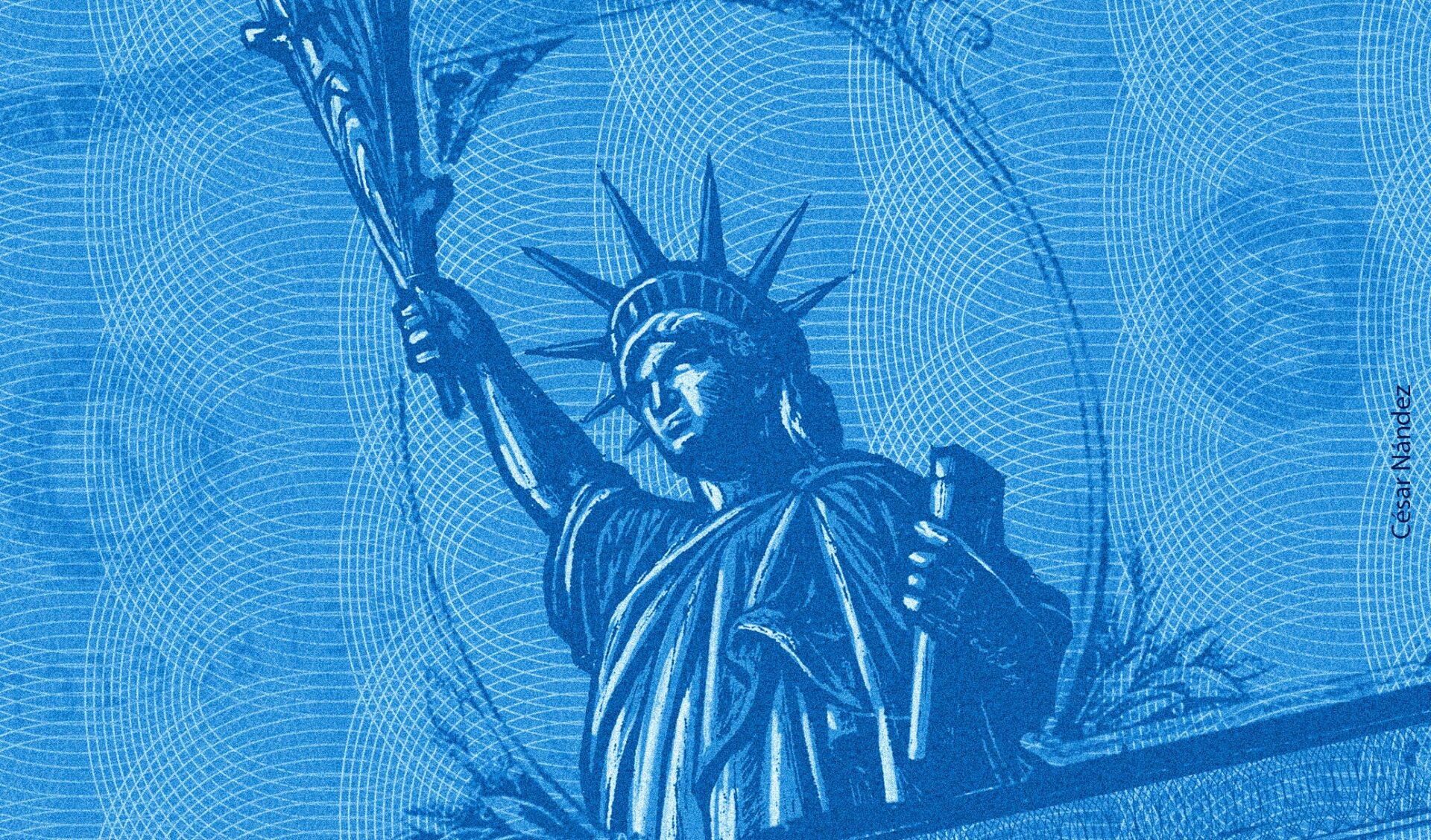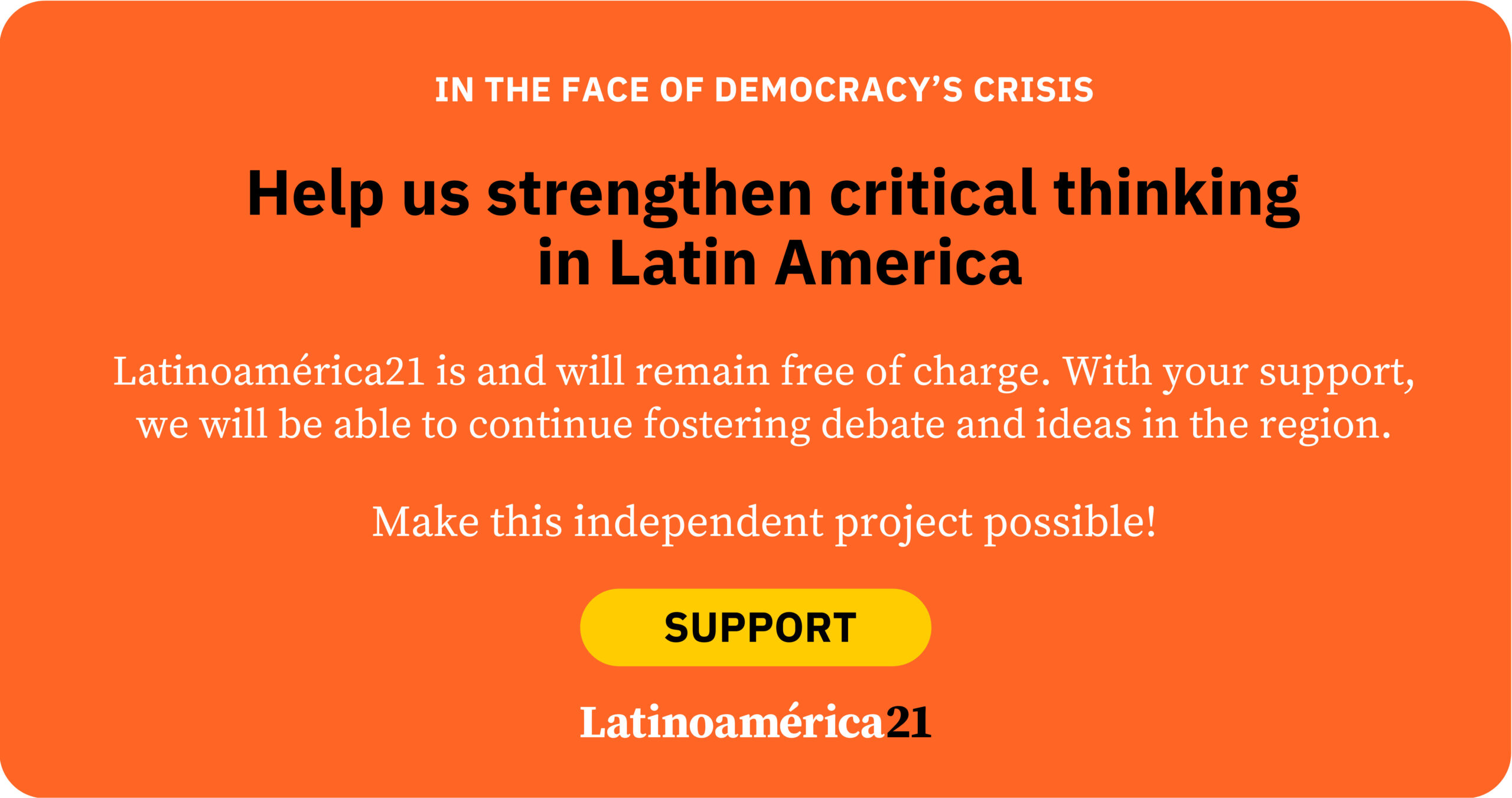In The History of the Peloponnesian War, Thucydides wrote “the strong do what they will, and the weak suffer what they must.” American foreign policy has often internalized this ethos, particularly when engaging with less powerful states. But Thucydides’ observation fails to capture a defining reality of modern diplomacy: domestic politics constrain everyone. Leaders must navigate complex, nationalist sentiments and demands of legitimacy. When American policymakers ignore those constraints, their initiatives falter. Worse, they provoke unintended consequences that undermine long-term U.S. interests.
The Trump administration has provided textbook examples of this self-defeating pattern. Rather than forcing concessions, Trump’s actions stiffened resistance and fueled push back against Washington. Effective diplomacy requires more than dominance or deals. It requires understanding that leaders operate within constraints that cannot be swept aside. It requires appreciating when public opinion will punish capitulation. The United States remains the strongest actor in the hemisphere, but strength without empathy is not strategy. It’s provocation.
Canada and bolstering the Liberals
President Trump’s rhetoric and tactics toward Canada showcase how misreading an ally’s domestic politics can backfire. Emboldened by Canadian Prime Minister Justin Trudeau’s lagging poll numbers, Trump imposed sweeping tariffs—ostensibly to close trade gaps and demand firmer border enforcement around immigration and fentanyl trafficking.
Canada responded swiftly. Trudeau announced retaliatory tariffs on approximately $30 billion of U.S. goods. More was initially planned, but the Trump’s repeated suggestion that Canada should become the “51st state” crossed the line from bravado to affront. . Canadians launched a widespread boycott of U.S. goods and travel, with more than 90% of Canadians supporting reduced economic dependence on the United States. Canadians also took their opposition to Trump to the polls, electing the Liberal Party’s Mark Carney in an election that months before had appeared an all but certain win for the Conservative Party. As Carney took office, he sought to diversify Canada’s economy away from U.S. dependency by encouraging internal reform and emphasizing global partnerships.
U.S. policymakers neglected to account for political backlash in Canada. What Trump saw as leverage triggered domestic backlash and strengthened Canadian resolve. The result: deeper polarization and less U.S. influence.
Stoking nationalist pride in Brazil
Further to the South, Trump is making the same miscalculation. As the Brazilian courts handle the fallout of the failed effort to oust President Luiz Inacio “Lula” da Silva by supporters of President Jair Bolsonaro—an event with striking similarities to the January 6th insurrection in the United States—Trump levied tariffs on Brazilian imports and sanctioned Supreme Court Justice Alexandre de Moraes. Trump framed these measures as a response to what he termed a “politically motivated witch‑hunt” against Bolsonaro.
This triggered a sharp surge in nationalist sentiment in Brazil. President Lula rejected Trump’s moves as violations of Brazilian sovereignty. Brazil filed a complaint with the World Trade Organization and activated its new “Trade Reciprocity Law” to announce retaliatory tariffs. Its Supreme Court publicly vowed to resist U.S. interference. Brazilian leaders repeatedly underlined that no amount of Washington’s pressure would sway them on domestic legal processes.
Rather than isolate the government, Trump’s aggressive posture elevated Lula’s standing, with approval numbers rising as he cast himself as a pragmatic defender of democracy and national pride. Even some business elites, facing tough export prospects under tariffs, publicly reaffirmed their support for Lula’s defiant posture.
Panama and the risk of a bridge to far
Trump’s insistence that the United States “take back” the Panama Canal has also sparked backlash and could further undermine regional affairs. While it is true that the United States supported Panamanian independence—largely in exchange for concessions to what would become the Canal Zone—and built the Panama Canal, U.S. intervention has long been a sticking point in regional relations.
Trump shared his intent to “retake” the Panama Canal before taking office—a move that sparked backlash not only in Panama, but across the region. For his part, Panamanian President José Raúl Mulino has been forced to walk a careful line between geopolitical and local pressures. Although, Mulino had already taken steps to reexamine the Sino-Panamanian relationship, the Trump administration demanded that Mulino do more to counter Chinese economic activity. Mulino has delivered immediate concessions to Washington—exiting China’s Belt and Road Initiative, signing a security arrangement granting U.S. troop access to Panamanian facilities, and scrutinizing port operators linked to Beijing. While, these moves signal alignment with Trump’s hemispheric agenda, political support for Mulino is eroding—and social resistance is mounting. Mulino entered office with a mandate built in part on distancing Panama from China, yet U.S. pressure is eroding his political capital. Massive protests erupted in Panama City following the security pact with the United States, described by critics as a “camouflaged invasion.”
The risks of ignoring other state’s politics
This is not just a Trump problem. Across administrations, both Democratic and Republican, foreign policy toward the Western Hemisphere has often reduced relationships to instruments of pressure or short-term bargaining. The Biden administration, while rhetorically more committed to democratic norms, leaned heavily on securitized migration messaging and made overtures to regimes whose legitimacy was contested. Inconsistencies in tone and an overemphasis on countering China have deepened skepticism.
Both the Biden and Trump administrations gravely overemphasized the dangers posed by China—without providing viable alternatives. Biden spoke of “managed competition” and coalition-building, but failed to back those words with meaningful new investments or soft‑power initiatives in the region. Washington frequently assumes simple binaries: align with the U.S. or with China—no third path. However, many Latin America states have pragmatically sought to maintain ties with both powers rather than capitulating to U.S. pressure.
When U.S. policymakers assume that strength equals compliance, they ignore the political incentives facing their counterparts. U.S. diplomacy toward the hemisphere too often treats leaders like pliable agents—not elected officials responsive to robust domestic constituencies. That fundamental misreading leads not to cooperation, but resistance.
Conclusion
The Trump administration’s actions crystallize a strategic dilemma: Washington continues to frame the region through the lens of coercion, ignoring how deeply political dynamics shape outcomes. Trump’s aggressive posture underscores that strength alone does not compel cooperation—it provokes resistance, empowers nationalist narratives, and undermines long-term influence. The United States still holds unmatched power in the hemisphere—but power without understanding quickly loses legitimacy. To shape durable outcomes in the Americas, Washington must relearn the art of the deal—rooted in political awareness and long-term strategy, not just transactional might.















